Water damage often starts small, a drip under the sink, damp spots on the basement walls, or rainwater getting inside during a storm. But even minor issues can turn into bigger problems if they’re not handled quickly and correctly. When this happens, homeowners are faced with an important question: Should you try to clean it up and fix it yourself, or is it better to call in a professional?
In this blog, we’ll break down the pros and cons of DIY versus professional water damage restoration services. From cost and time to safety and results, we’ll help you figure out which option is the right fit for your situation, your home, and your budget.
Why the Right Restoration Choice Matters
Not all water damage is equal; some issues can be resolved with minimal effort, while others demand immediate expert attention. Choosing the right method is essential for protecting both your property and health.
It impacts more than surfaces; it weakens structures, invites mold, and compromises air quality. A fast, well-executed response protects your property’s integrity and your long-term peace of mind.
What Does Water Damage Restoration Really Mean?
Water damage restoration is more than just soaking up puddles or running a fan. It’s a full process designed to bring your home back to its original condition after it’s been affected by water.
This includes removing standing water, drying out all affected areas, cleaning and disinfecting surfaces, and repairing or replacing damaged materials like drywall, flooring, or insulation. Knowing what’s involved can help you decide if it’s something you can manage on your own or if it’s time to bring in the experts.
When DIY Damage Restoration Makes Sense
In some cases, quick action and the right tools can make DIY a practical option. This section outlines when it’s okay to handle water damage on your own.
While not ideal for every case, DIY water damage restoration may be suitable under specific conditions.
Minimal, Surface-Level Moisture
Not all damage penetrates deep into your home’s materials. If you catch it early and it hasn’t reached carpets, drywall, or wood, you may be in the clear. If water is limited to a small, accessible area and hasn’t soaked into porous materials, it may be safe to handle on your own.
Water from Clean, Safe Sources
The source of the water matters more than you might think. Clean water is far less hazardous than gray or black water. Leaks from a supply pipe or overflow from a clean appliance may not require professional sanitation, provided you act quickly.
Tools and Experience Are on Your Side
Having the right tools is just as important as knowing how to use them. DIY restoration demands time, focus, and patience. Equipped with a wet/dry vacuum, dehumidifiers, moisture meters, and fans, homeowners with some experience may handle smaller incidents safely.
Why Professional Damage Restoration Is the Better Choice
When water damage becomes more complex or spreads quickly, you’ll want trained professionals on your side. This section explores why hiring experts makes a difference. For anything beyond basic cleanup, professional damage restoration offers unmatched advantages.
Comprehensive Evaluation
Not all damage is visible to the naked eye. Professionals use technology to discover problems before they worsen. Thermal imaging and moisture meters detect water trapped in walls, floors, and insulation, allowing for complete treatment.
Industrial Drying and Dehumidification
Basic household fans won’t cut it in most cases. Professional equipment dries deep layers fast, preventing further damage. High-capacity drying systems work quickly and effectively, reducing the risk of mold and costly long-term repairs.
Hazardous Water Requires Expertise
Some types of water carry dangerous bacteria and toxins. Without training and proper protection, cleanup becomes a health risk. Gray and black water—from sewage or flooding—require certified experts to remove safely and thoroughly.
Structural Repairs and Mold Treatment
Water weakens structural materials and creates an ideal environment for mold. Professionals can both detect and fix these issues. From mold remediation to drywall and floor restoration, professional damage restoration ensures everything is done right.
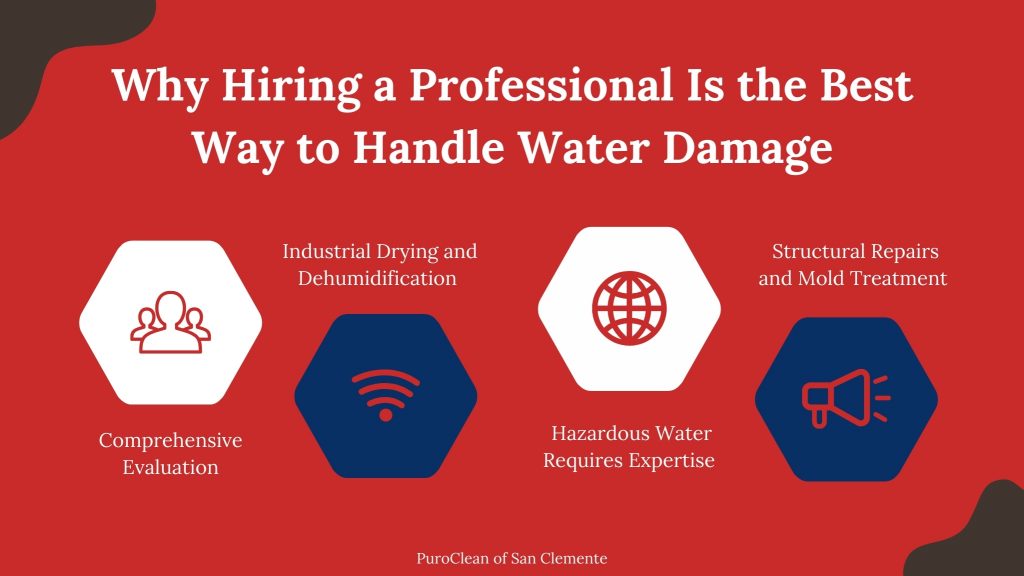
DIY vs. Professional Restoration: Cost Considerations
Cost is always a major factor in restoration decisions. This section helps you weigh immediate expenses against long-term risks and savings. While DIY may appear cheaper upfront, the real cost depends on your time, tools, and outcome.
Hidden Costs of DIY
The DIY route might seem cost-effective until it’s not. Missed moisture or poor drying can lead to more damage down the line. Rental equipment, supply costs, and the risk of incomplete restoration often drive up total expenses beyond expectations.
Insurance May Favor the Pros
You might already be paying for professional help without knowing it. Many insurance policies cover water damage restoration. In most cases of sudden water damage, homeowner policies will reimburse professional water damage restoration services, reducing out-of-pocket costs.
Signs You Need a Restoration Professional
Not sure if it’s time to call for help? These signs are a clear indicator that your situation is beyond DIY. Ignoring or underestimating these red flags can lead to far more serious damage later.
Certain conditions make DIY risky or ineffective. If these issues are present, don’t delay calling a restoration company.
- Odors linger after drying
- Walls or ceilings feel soft or bubbly
- Mold is visible or suspected
- Water came from a toilet, a storm, or a sewer
- You’re unsure how far the damage has spread
Conclusion
Water damage is more than just a surface issue, it can have serious structural and health implications if not managed correctly. Understanding the extent of the damage, the source of the water, and your own capabilities is key to determining the best course of action. While DIY water damage restoration might work for small, clean, and contained incidents, larger or more hazardous situations often demand emergency water damage repair professional intervention.
Making an informed decision helps safeguard your home’s structure, prevents mold growth, and protects your family’s well-being. Whether you choose to tackle the problem yourself or bring in expert help, a prompt and thorough response is always essential.
FAQ
Q1. How long does professional restoration usually take?
A: On average, 3–5 days. Extensive damage or mold may require additional time.
Q2. Can water damage cause long-term health issues?
A: Yes, if untreated. Mold spores and bacteria from contaminated water can impact respiratory health over time.
Q3. Will my floors always need to be replaced after water damage?
A: Not necessarily. If dried quickly and thoroughly, many flooring types can be salvaged. Pros will assess on a case-by-case basis.
Q4. Can water damage affect home resale value?
A: Absolutely. Documented damage, especially if not professionally addressed, can reduce buyer interest and home value.
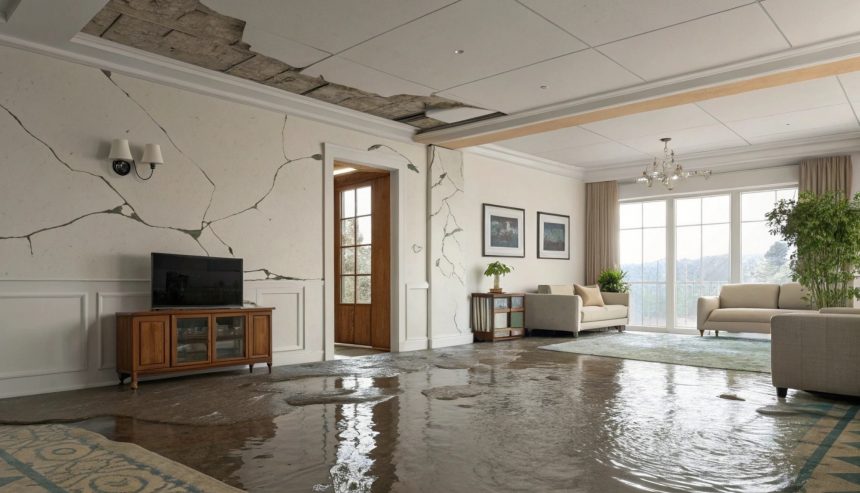
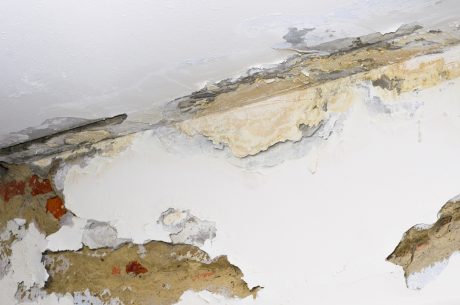
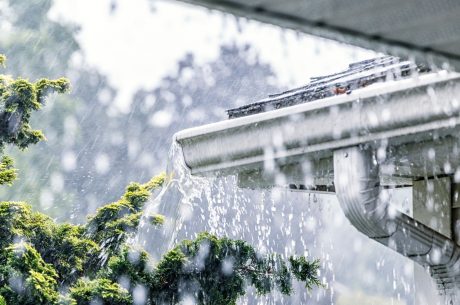
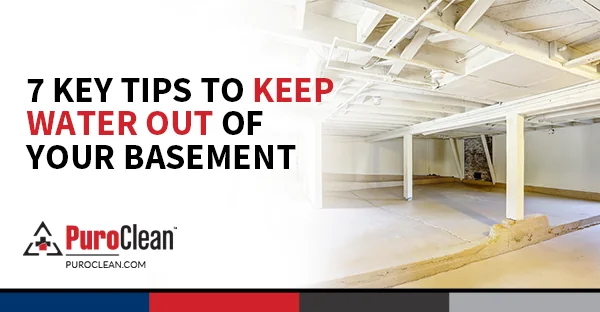
 PuroClean of San Clemente
PuroClean of San Clemente